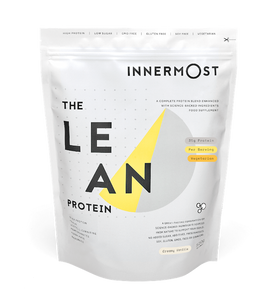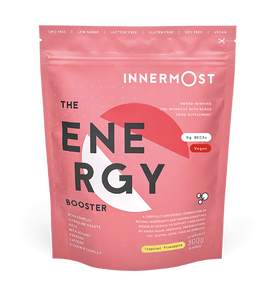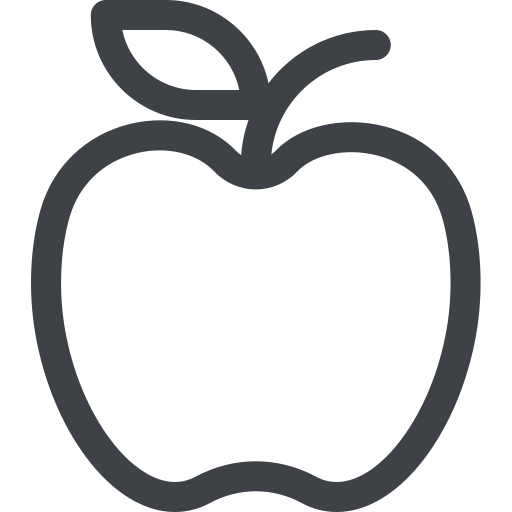The somewhat recent obsession with linking the word empowerment to marketing messages that actually do the complete opposite is a bad cultural habit. Fact.
What is empowerment?
Noun: Empowerment. Meaning: "the process of becoming stronger and more confident", according to the Oxford English Dictionary.
With that definition in mind, why do we do it? Is it because a lack of creativity or worse, is it a cynical ploy to play into people’s insecurities and sell products? The word has become a little bit ambiguous as a result, we think.
Either way, one too many brands which claim to be empowering people only to push one-dimensional marketing campaigns and or imagery that does anything but. Let's explore why.
Is empowerment a gender-specific issue?
While this isn't an issue limited to one gender, it can affect women in particular, and that's why placing a healthy, informed focus on female empowerment in our media circles and personal ideologies is important.
Empowerment and feminism
The co-opting and corrupting of feminism by advertisers is nothing new, though. That we all know. Indeed, it goes back a long way. However, the enthusiasm in recent years with which brands have tried to market their products using imagery or language that effectively puts women into a box falsely labelled as empowering is worrying.
Within the wellness industry, many brands try to sell products using images of women dressed up impractical workout gear or bikinis. Why?
Using airbrushed images with makeup and hair extensions simply isn’t empowerment. That is not representative of an empowered woman.
It’s inauthentic, and could be seen as an attempt to sell products by tapping into the fears and concerns of women, achieving the complete opposite of what it seemingly sets out to achieve. The same thing could be said of using marketing images of men with perfect six packs or huge muscles. This is a narrowed audience, and not achieving female empowerment, or male empowerment in general, at all.
How to feel empowered
Looking for some tips when it comes to working out how to feel empowered? Sure thing.
While feeling empowered is somewhat up to personal interpretation, we've listed some of our favourite strategies:
- Engage in self care activities
- Keep a tidy space
- Say no
- Do what you want to do, for yourself
- Set clear, achievable goals
- Reward yourself often
- Engage in mindfulness
- Add kindness into every day
- Compliment others
- Stand up for what you believe in
There is another way
While you may feel that the word empowerment has been hijacked, in addition to our above empowerment tips, there are brands who are trying to do it the right way. Innermost focuses on the deeper benefits of being fit and healthy. Sure, it’s great to look good, but only because it should give you more confidence. Most importantly, looking good should to be a by-product of being fitter and healthier, which will allow you to do more in your life and achieve what you want to achieve.
As a brand, we're committed to leading the way and highlighting what real empowerment means through the things we say and do. The next time you see a brand claiming the word empowerment, ask yourself whether it’s real empowerment you’re seeing, and don’t let yourself be fooled. Reward those companies that get it right and maybe we'll see more of the right sort of messaging in the future that really does empower us all.


















